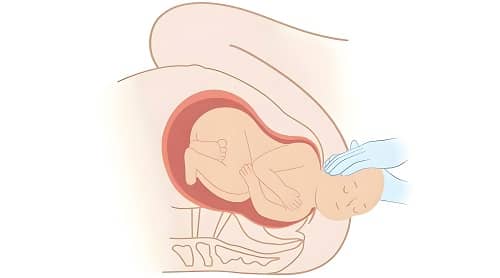Is an Episiotomy Necessary During Childbirth?
Childbirth is one of the most significant experiences in a woman’s life, and episiotomy, a common medical procedure during delivery, often raises concerns for many expectant mothers. But is episiotomy truly necessary? The answer varies depending on individual circumstances, and it’s often determined by specific factors during labor.

Table of Contents
- What Is an Episiotomy?
- Is an Episiotomy Always Necessary?
- Advantages and Disadvantages of an Episiotomy
1. What Is an Episiotomy?
An episiotomy is a small surgical cut made in the perineum, the tissue between the vagina and anus, during childbirth. This cut is made to enlarge the vaginal opening and facilitate the baby’s delivery, reducing the risk of tearing or complications during birth.
2. Is an Episiotomy Always Necessary?
An episiotomy is not required for every delivery. Many women are able to give birth naturally without the need for this procedure. Doctors typically evaluate each situation based on factors such as the baby’s size, the progress of labor, and the elasticity of the mother’s perineum before deciding whether an episiotomy is necessary.
3. Advantages and Disadvantages of an Episiotomy
While an episiotomy can be beneficial in some cases, it also has its drawbacks.
3.1 Preventing Severe Tears
One of the key advantages of an episiotomy is that it can help prevent severe, uncontrolled tears in the perineum, especially when the baby is large, or labor is progressing too quickly for the perineum to stretch naturally.
3.2 Post-Procedure Recovery
Despite its benefits, an episiotomy is still a surgical procedure, and recovery can be more complicated than natural tears. Women may experience pain, discomfort, and a longer healing time. Additionally, unnecessary episiotomies can sometimes lead to complications such as infection or increased bleeding.
4. How to Reduce the Likelihood of an Episiotomy
To decrease the chances of needing an episiotomy, pregnant women can practice perineal massage during the later stages of pregnancy to improve tissue elasticity. Staying active and choosing an optimal birthing position may also help the perineum stretch naturally during childbirth.
Conclusion
Whether or not an episiotomy is necessary depends on the specific conditions of each birth. Understanding the purpose, benefits, and risks of this procedure can help expectant mothers make more informed decisions as they prepare for a healthy delivery.